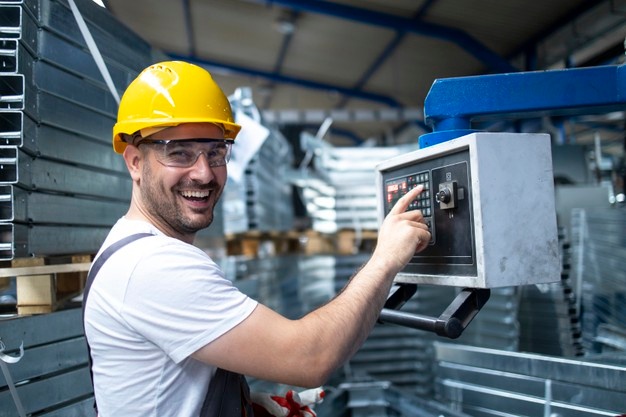
4 little known factors that impact equipment effectiveness
by Bryan Christiansen, Founder and CEO of Limble CMMS
Improving equipment effectiveness does not need to be a costly and complicated undertaking.

4 little known factors that impact equipment effectiveness
Companies use equipment effectiveness metrics to compare the actual performances of production assets to the ideal/design performance. They do so by continuously monitoring the quality of products, rate of equipment or process breakdowns (availability) and operational speeds. A slight dip in the effectiveness of equipment translates into financial losses. Therefore, continuous improvement becomes part and parcel of daily operations within any production facility. What approaches can companies adopt to enhance equipment effectiveness?
1. Conducting timely inspection and preventive maintenance
Some equipment failures occur because of laxity by the company to adhere to inspection and preventive maintenance schedules. Some entities adopt the run-to-failure philosophy — as long as the equipment is running, there is no need for maintenance. In reality, several tiny defects are gradually growing, in the end causing major breakdowns that are costly to rectify. For better equipment utilization, companies should adhere to manufacturer-recommended maintenance schedules. Companies can improve these intervals depending on the age and utilization rates of equipment. They have to treat maintenance as a money-making investment and not an expenditure. Optimizing maintenance schedules translates to better equipment availability, reliability and safety.
2. Eliminating equipment performance losses
Equipment performance losses occur when production machinery is idle or operating at a lower speed. Any production machinery that stops during production qualifies as idle equipment. These stops could be a few minutes or even days with significant effects on production schedules. When equipment operates at low speed, it implies that more person-hours are required to meet production quotas. Energy consumption rates of equipment spikes, increasing the overall cost of production.
Companies can reduce machinery idling time by acting promptly to fix defects. Response to breakdown improves when the company equips operators with basic troubleshooting and repair skills. Providing standard operating procedures and documentation facilities ensures accurate record-keeping of recurrent defects and precise rectification of defects.
3. Utilizing recommended spare parts and tools
Does your company focus on cutting down maintenance costs by avoiding the purchase of original equipment manufacturer (OEM) spare parts? It could be one of the reasons for the low equipment effectiveness. Generic spare parts offer cheaper alternatives for replacement and repair parts. However, some of these parts may be lacking in terms of quality and performance. In the end, instances of equipment breakdown become rampant. In extreme cases, they may institute damage to critical components of production assets.
By using recommended replacement parts and tools for regular or emergency maintenance, equipment achieves peak performance without compromising the quality of the end products or its safety and structural integrity. OEM parts also last longer. Therefore, production stops for maintenance become minimal.
4. Implementing technological solutions and continuously training employees
Advanced technology is continually changing the way humans and equipment interact. The role of technology goes beyond improving the quality of products and the consistency of repetitive tasks. Breakthroughs in maintenance technology facilitate the accurate implementation of maintenance activities, secure record-keeping, remote monitoring and streamlining collaborations. Some companies shy away from digital transformation, yet it can enhance equipment effectiveness in several ways.
Installation of condition-monitoring sensors and internet of things (IoT) infrastructure enables the company to improve remote inspections and strengthen predictive maintenance programs. It allows them to identify and rectify defects before they cause a breakdown. Computerized Maintenance Management Systems (CMMS) are comprehensive tools that enable companies to store vast amounts of data needed for root cause and failure mode analysis. Insights from CMMS platforms are vital for streamlining maintenance programs, leading to better equipment effectiveness. To sum it up, companies must train staff on operational best practices and work tools for better equipment utilization and care.
Limble is a mobile CMMS software that takes the stress and chaos out of maintenance by helping managers organize, automate, and streamline their maintenance operations.